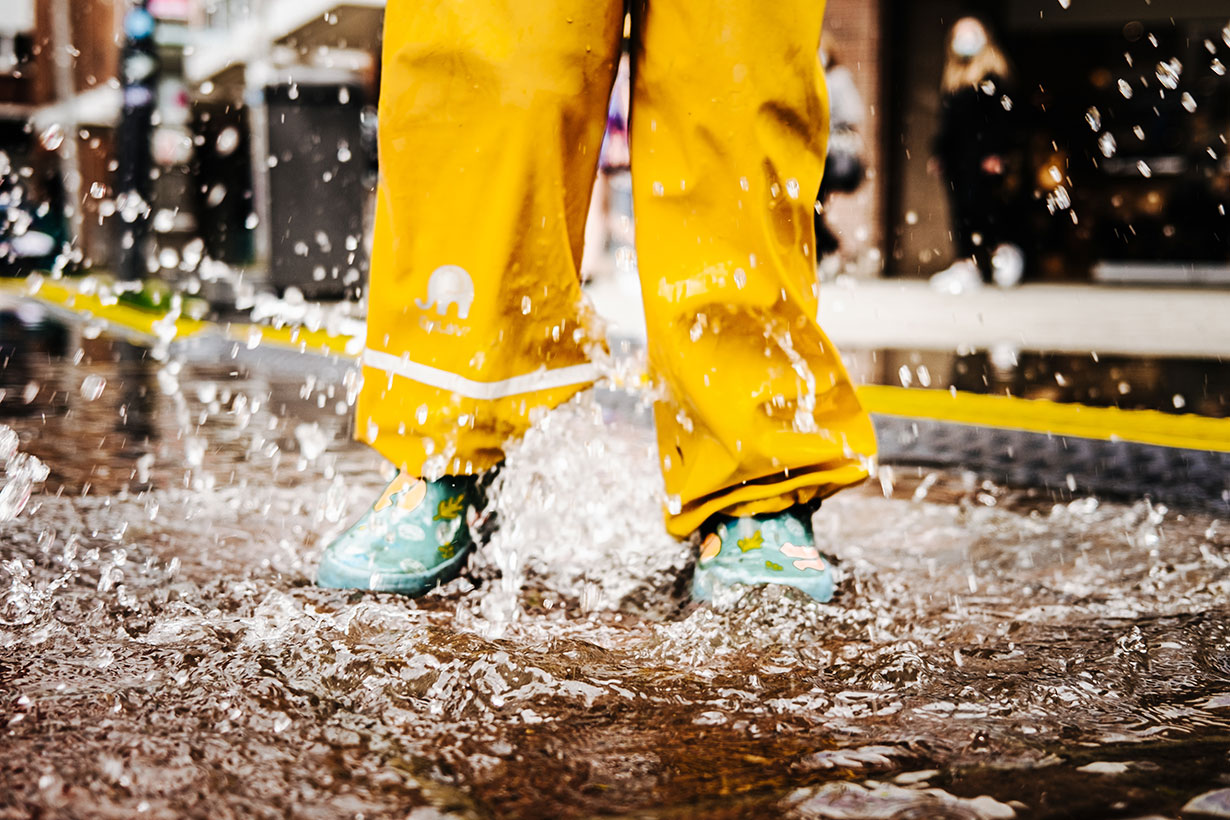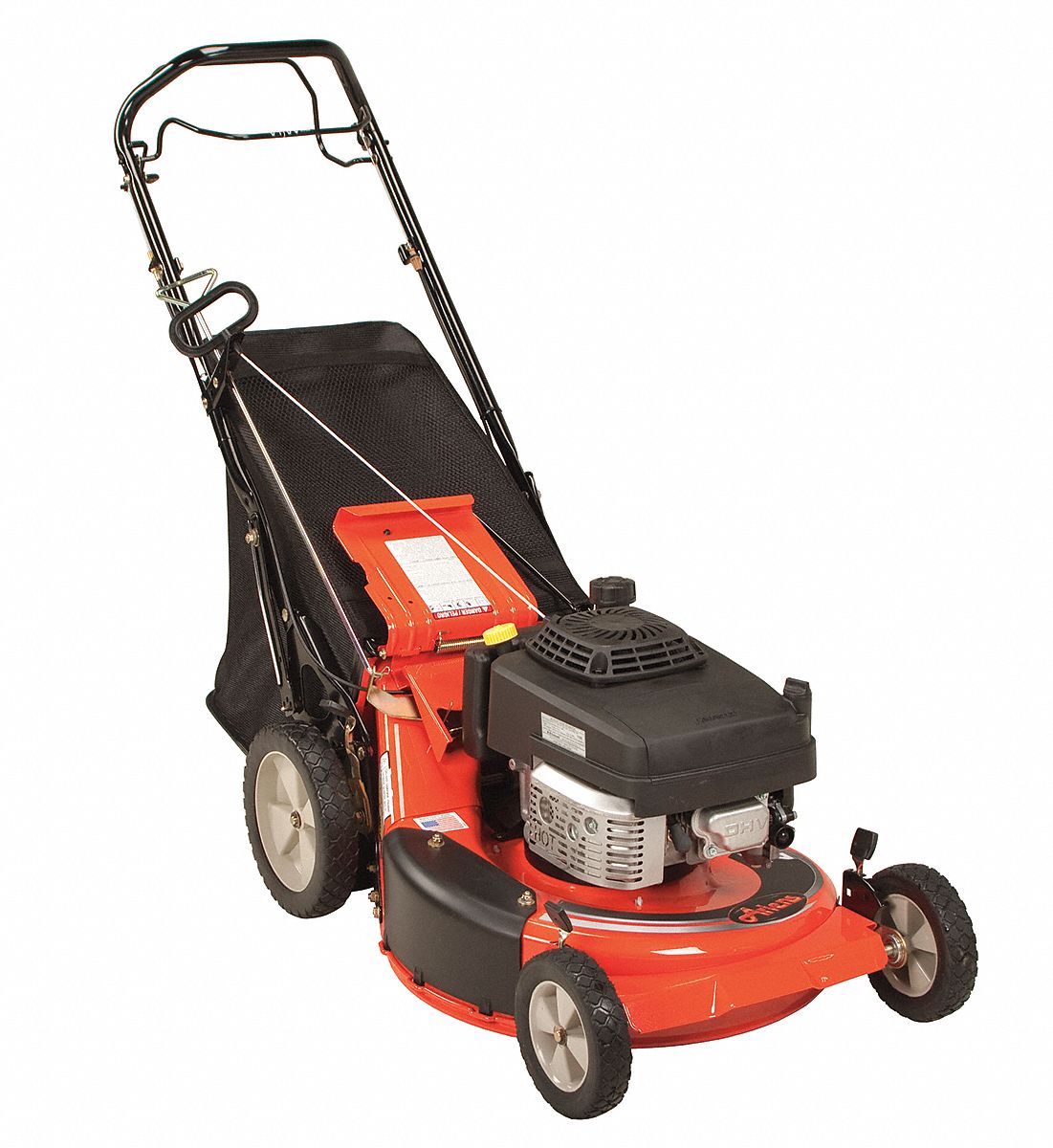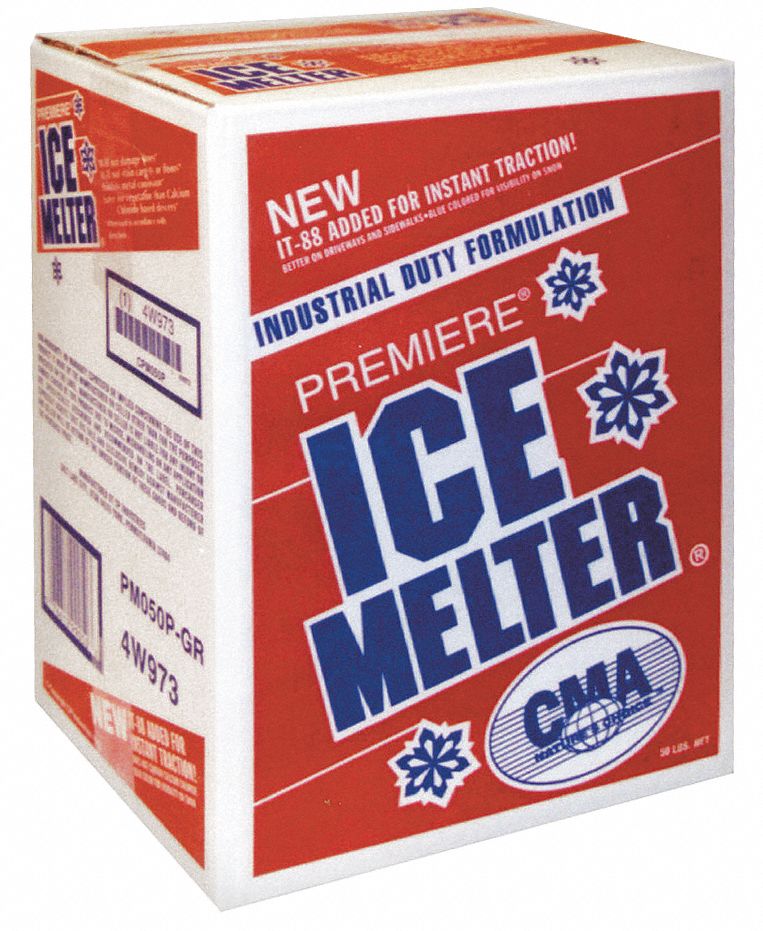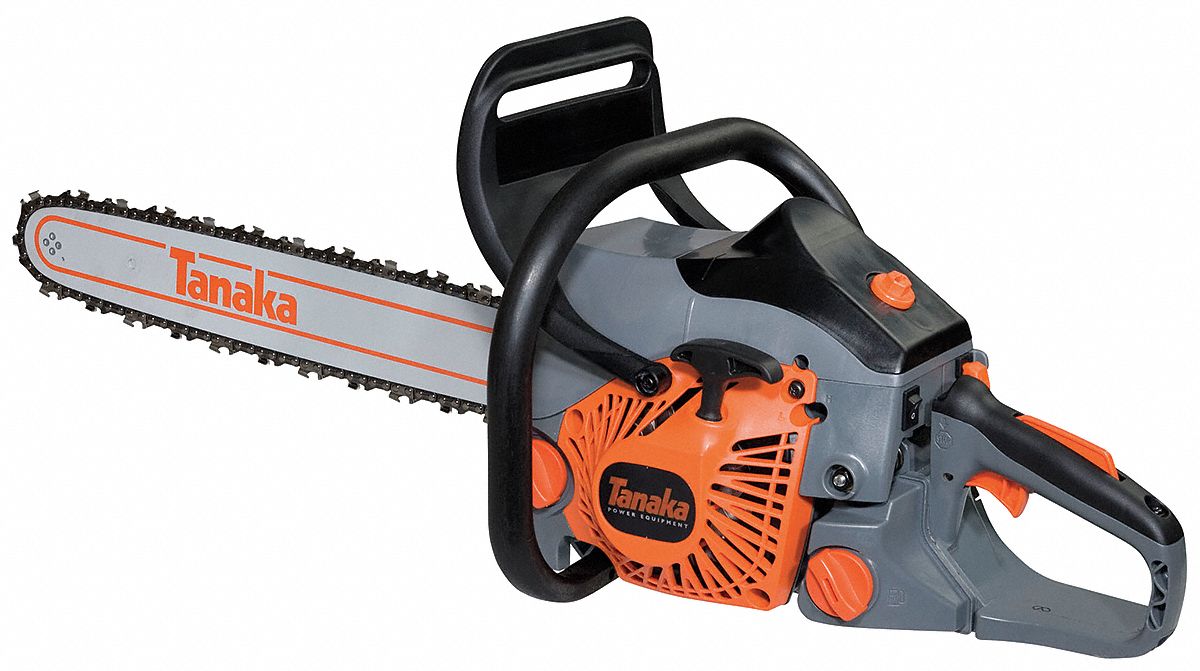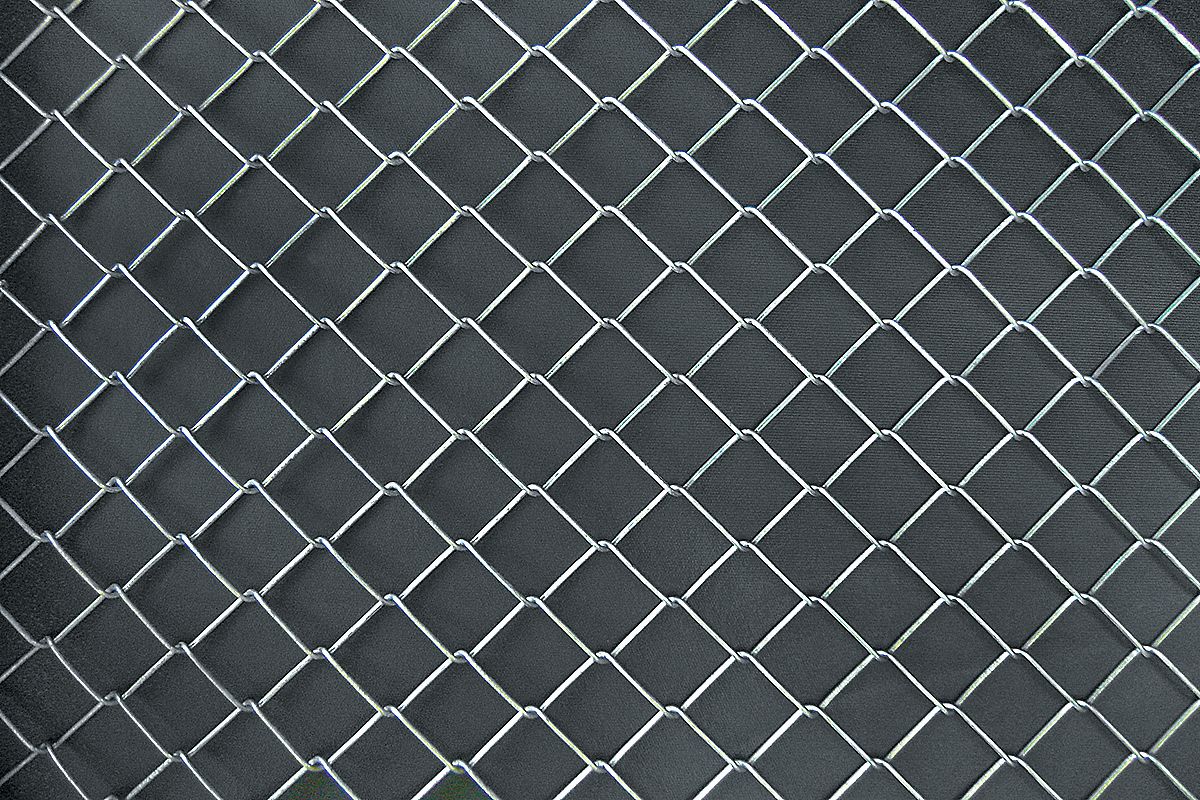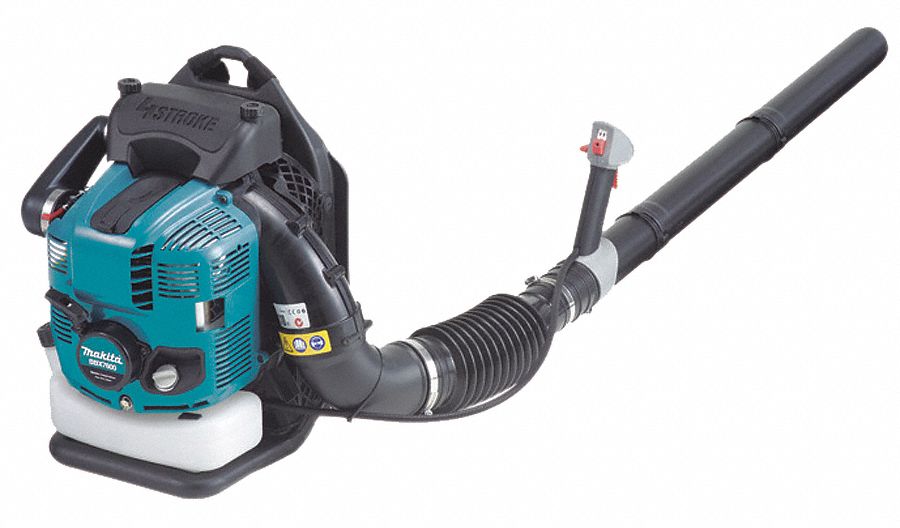

How the Wrong Fuel Can Damage Your Power Equipment
By Grainger Editorial Staff 1/25/23


The same fuel you put in your car isn’t always safe for your lawn mower, generator and other outdoor equipment. Using gasoline with more than 10 percent ethanol may be cheaper, but it can permanently damage small engine components.
A 2020 study by the Outdoor Power Equipment Institute (OPEI) found that 20 percent of people were misfuelling their outdoor power equipment and one-quarter reported using the wrong fuel in the past. After the Environmental Protection Agency (EPA) granted an emergency fuel waiver in 2022 to help reduce fuel shortages by allowing sales of E15 gasoline during May-September when it’s typically banned, it became even more critical for farmers, contractors and other business owners to consider how they are fueling their power equipment.
The Downside of E15 Fuel
Most of the gasoline sold throughout the United States contains some ethanol. While ethanol fuel offers several environmental and economic advantages for cars, it’s a different story when it comes to fueling power equipment.
The small engines found in outdoor equipment weren’t designed to deal with ethanol blends like E15 or higher. Ethanol-blended fuel can cause two-stroke engines to run hotter, corroding rubber and certain metals and damaging fuel lines and other critical engine parts. Ethanol can also pull water vapor out of the air causing separation inside fuel tanks. Since outdoor power equipment does not get used year-round, moisture can settle at the bottom of the tank, clogging pumps, filters, fuel lines and other components, causing equipment to run poorly and leading to costly repair work.
It's primarily for this reason that the EPA has not approved E15 fuel for use in outdoor power equipment like chainsaws, snow blowers, lawnmowers, string trimmers and generators. To help protect your equipment, it’s important to use E10 gasoline containing 10% ethanol or less.
Avoiding Confusion at the Pump
Thanks to a wide variety of fueling options, knowing which fuel to use for your equipment can be difficult. Some gas stations market E15 gas as 88 octane or offer other fuel blends like E85, E30 or E50 designed for use in flexible fuel vehicles (FFVs). Understanding what the different labels mean is a critical step in ensuring you are properly fueling your equipment. Some of the options include:
- E10 – Up to 10% ethanol blended with 90% unleaded gasoline, sometimes labeled Unleaded 87 or 87 octane
- E15 – Up to 15% ethanol blended with 85% unleaded gasoline, sometimes labeled Unleaded 88 or 88 octane
- E30 – 30% ethanol blended with 70% gasoline
- E20 – 20% ethanol blended with 80% gasoline
- E50 – 50% ethanol blended with 50% gasoline
- E85 or FlexFuel – Fuel mixture containing 85% ethanol and 15% gasoline
6 Tips to Protect Power Equipment
1. Know Your Equipment
Always check your owner’s manual for fuel requirements to understand which fuel is right for your equipment. Never assume that a fuel safe for your car is also safe for your power equipment.
2. Check Before Fueling
Avoid choosing fuel based solely on price. Check the ethanol content before pumping to ensure it’s the right fuel for your engine. Always ensure you select the correct gasoline for your specific type of engine to help protect your power equipment.
3. Avoid High Ethanol Fuel Blends
Using fuel with more than 10 percent ethanol in outdoor power equipment can damage or destroy their small engines. Several engine manufacturers have also warned using fuel with more than 10% ethanol, like E15 or E85, can cause permanent and irreversible damage to outdoor equipment that’s not covered under warranty.
4. Use Fuel Stabilizer
Small, gas-powered engines like those in lawn mowers and snow blowers often sit for months without use. Fuel left in these engines – even the correct fuel – can begin to break down, leading to condensation that can corrode parts. Using a fuel stabilizer is important to help prevent corrosion and extend fuel life. Without a fuel stabilizer, most fuel begins to degrade in approximately 30 days.
5. Consider Canned Ethanol-Free Fuel
One way to help prevent ethanol’s damaging effects is using an ethanol-free fuel source designed for small engines. Most small-engine manufacturers make canned fuels containing zero ethanol.
6. Use Approved Fuel Containers to Avoid Stale Fuel
Avoid storing fuel in containers with open or leaking spouts. Leaking fuel containers are a fire safety hazard and can quickly turn fuel stale. Make sure to store in a cool, dry place and use only approved self-venting fuel cans with “no spill” self-sealing spouts. Always shake the fuel container for 30 seconds just prior to filling your equipment. This helps reduce moisture and ensures the fuel is mixed properly.
Frequently Asked Questions
Q: What is the best type of fuel to use in my outdoor power equipment?
A: Always check the owner’s manual to ensure you use the right fuel for your equipment. Small engine manufacturers typically recommend using fresh fuel with a minimum of 87 octane or gasoline with 10% ethanol or less in power equipment.
Q: Why shouldn’t I use E15 gasoline in my lawn mower and other equipment?
A: The EPA has not approved E15 gasoline for use in lawn mowers, chainsaws and other small-engine equipment. Most outdoor power equipment was not designed, built, or warrantied to run on fuel with more than 10% ethanol.
Q: What should I do if I put the wrong fuel in my equipment?
A: If a piece of equipment was accidentally fueled with gasoline containing more than 10% ethanol, you may need to have a professional flush the fuel system.

Safety Management
6 Tips to Help Prevent Slips, Trips and Falls
Identify the fall hazards in your workplace and implement a fall safety program. Check out these tips from Grainger so you can mitigate risk.
![]() Our Latest KnowHow
Our Latest KnowHow

Facility Pest Control: How IPM Helps Safely Manage Insects
Discover safe, compliant pest control with IPM. Find tips for insect monitoring, sanitation and safe insecticide use in commercial facilities.
The information contained in this article is intended for general information purposes only and is based on information available as of the initial date of publication. No representation is made that the information or references are complete or remain current. This article is not a substitute for review of current applicable government regulations, industry standards, or other standards specific to your business and/or activities and should not be construed as legal advice or opinion. Readers with specific questions should refer to the applicable standards or consult with an attorney.


